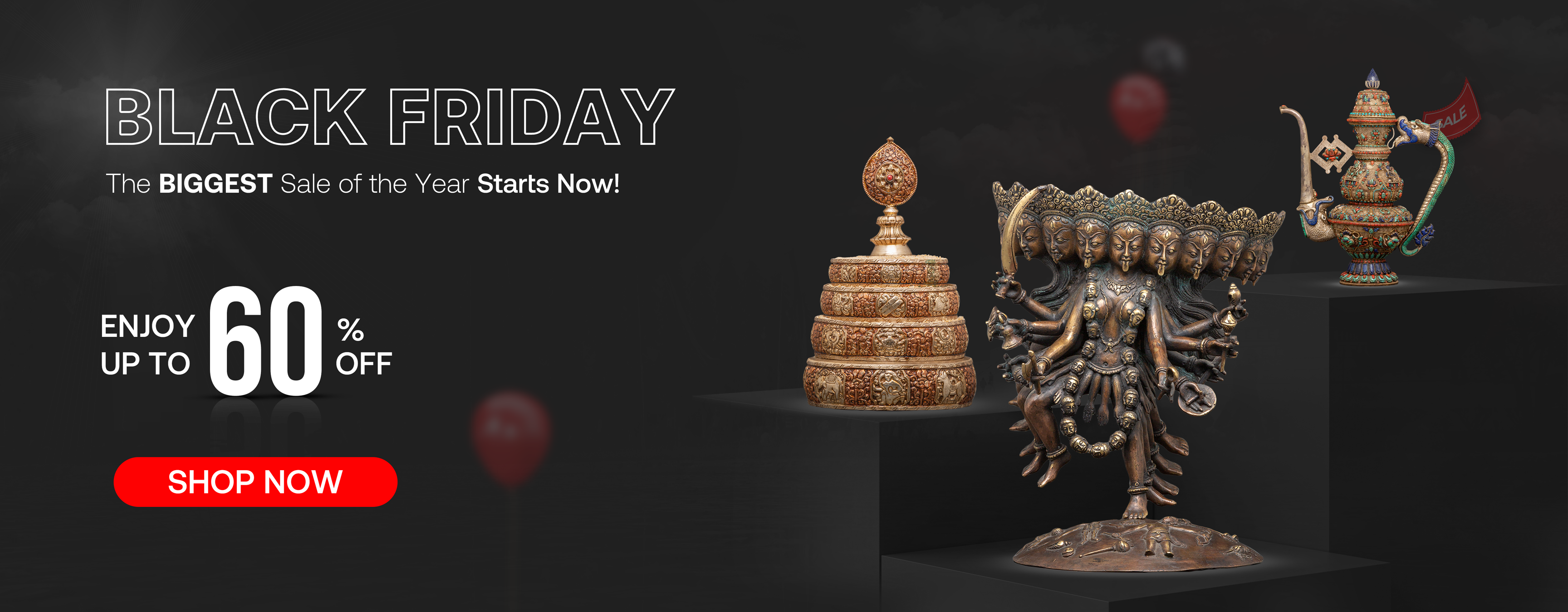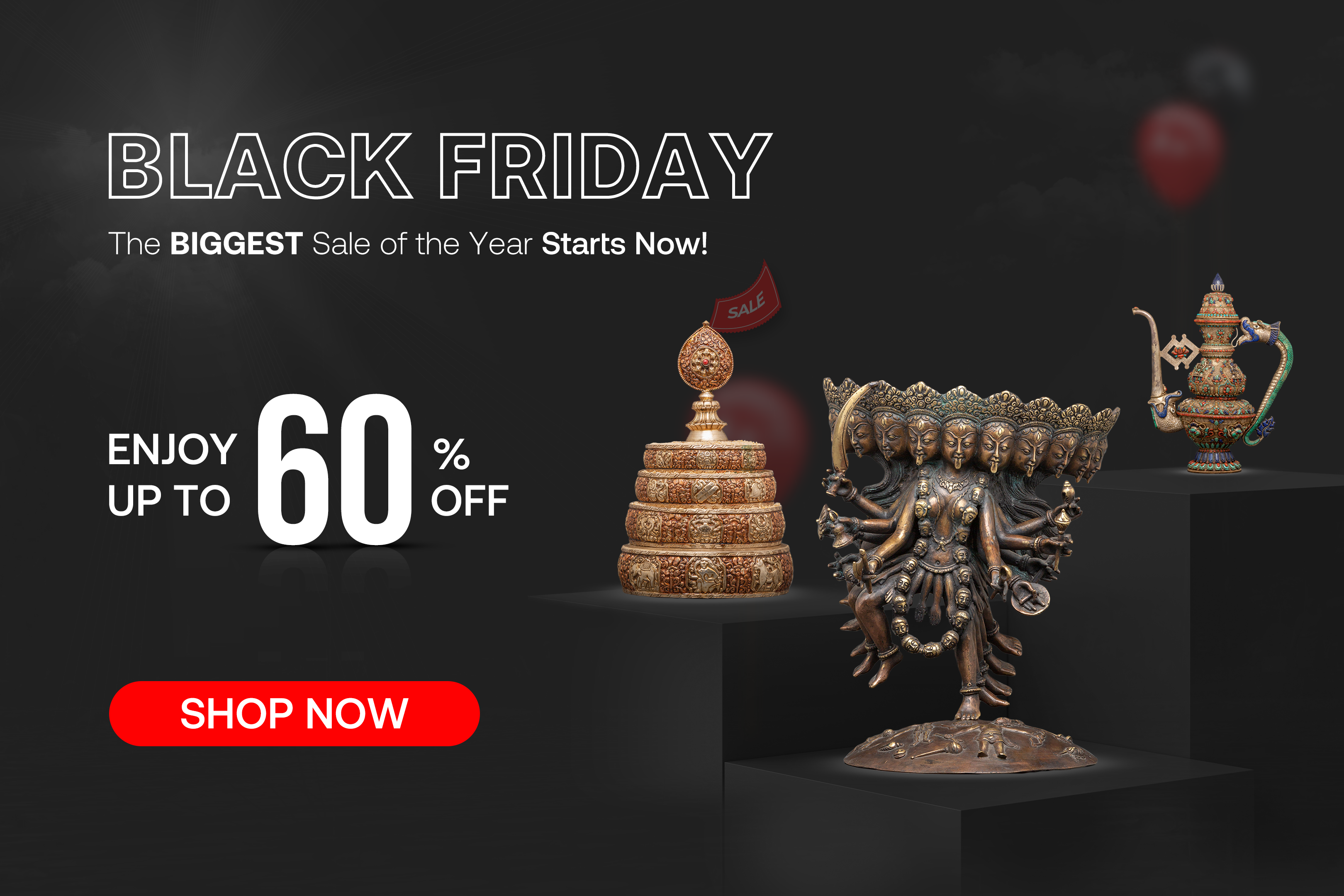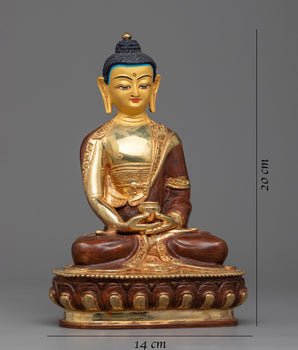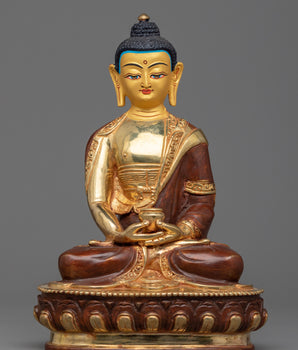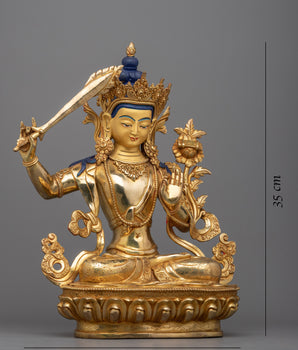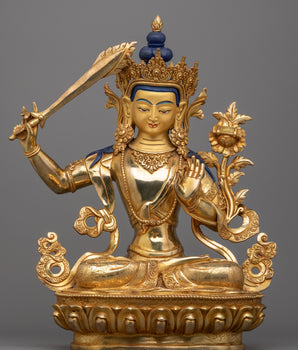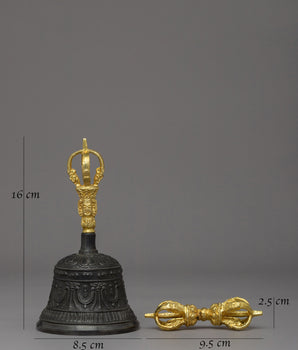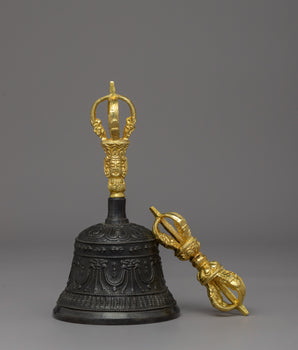When it comes to sacred art, Nepal holds a timeless reputation for crafting exquisite handmade metal statues of Buddhas, Bodhisattvas, and deities. These artworks are not just spiritual icons; they represent centuries of tradition, artistry, and devotion passed down through generations of Newar artisans in the Kathmandu Valley.
If you’re thinking of buying a metal statue from Nepal, understanding the materials, craftsmanship, and symbolism will help you make a meaningful and lasting choice.
What Makes Nepali Metal Statues So Special?

Nepal is renowned for its lost-wax casting technique (cire perdue) — a meticulous process where each statue is individually sculpted in wax, encased in clay, and then cast in metal. Once the mold is broken, no two pieces are ever identical.
The final work is then hand-chiseled, engraved, and often gilded with 24K gold or adorned with semi-precious stones, making it a true collectible masterpiece.
Artisans from Patan, a historic city in the Kathmandu Valley, are considered masters of this art. Their works are sought after by monasteries, collectors, and art enthusiasts worldwide.
Brass vs. Copper Statues: Key Differences
When you browse Nepali metal statues, you’ll often encounter two main materials: Brass and Copper. While both are used to create divine figures, each has distinct characteristics that affect durability, value, and spiritual significance.
| Feature | Brass Statues | Copper Statues |
|---|---|---|
| Composition | Alloy of copper and zinc | Pure copper (sometimes with trace silver or gold) |
| Appearance | Golden-yellow tone | Reddish-orange tone |
| Durability | Hard and corrosion-resistant | Softer, more delicate to carve |
| Detail Quality | Good but slightly limited due to hardness | Superior — allows extremely fine detailing |
| Traditional Value | Common in decorative and ritual statues | Preferred for sacred, high-value statues |
| Price Range | More affordable | More expensive due to material and labor |
In short, brass statues are perfect for general decor or gifting, while copper statues are prized by practitioners and collectors for their spiritual authenticity and superior detailing.
Why Choose Handmade Over Machine-Cast Statues

Many mass-produced statues look polished, but they lack the spiritual and artistic depth of handmade Nepali metal statues. A handmade statue carries the energy, mindfulness, and devotion of the artist — something no machine can replicate.
Handmade statues feature:
-
Authentic craftsmanship with individual attention to detail
-
Unique facial expressions and mudras (hand gestures) as mentioned in Traditional buddhist Iconography
-
Traditional proportions based on Buddhist iconography
-
Option for consecration (ritual blessing by monks)
Tips Before Buying a Metal Statue from Nepal
-
Know the Deity You’re Purchasing
Understand the symbolism and purpose — for example, Green Tara represents compassion in action, while Medicine Buddha embodies healing. -
Ask About Materials
Verify whether the statue is brass, copper, or gold-gilded copper. Sellers should clearly specify. -
Inspect the Craftsmanship
Look for clean facial lines, balanced posture, and smooth finishing. -
Check for Authenticity
Reputed shops and artists often provide background details or signatures. Avoid overly shiny or identical-looking pieces. -
Consider Ethical Sourcing
Choose sellers who support traditional artisans and use sustainable methods.
Where to Buy Authentic Metal Statues from Nepal

Authentic Nepali statues are available through trusted art studios and online galleries that work directly with artisans in Patan and Bhaktapur. Many collectors prefer to buy from platforms that offer worldwide shipping and provide certificates of authenticity.
Caring for Your Metal Statue
To preserve the statue’s luster:
-
Use a soft dry cloth for dusting
-
Avoid water or chemical polish
-
Keep away from humidity and direct sunlight
-
Handle with clean, dry hands to prevent tarnish
For antique or gold-plated pieces, consult a professional conservator for cleaning and maintenance.
Frequently Asked Questions (FAQs)
1. Which is better — copper or brass for a Buddha statue?
Copper is considered more sacred and refined for spiritual statues, while brass offers a budget-friendly yet beautiful option.
2. Are Nepali metal statues handmade?
Yes, most high-quality statues are handmade using the ancient lost-wax technique. Each piece is unique and takes weeks or months to complete.
3. Do artisans still make statues traditionally in Nepal?
Absolutely. Many Newar families in Patan continue this heritage craft, preserving centuries-old methods with exceptional skill.
4. Can I order a custom-made statue?
Yes, many Nepali workshops accept custom orders, allowing you to choose deity, size, material, and even finishing (antique, gold-gilded, or polished).
5. How do I know if a statue is gold-plated?
Ask for specifications — genuine gold-plated statues are often coated with 24K gold using mercury gilding, giving a warmer tone and lasting sheen.
Final Thoughts
Buying a handmade metal statue from Nepal is more than an aesthetic choice — it’s a way of preserving spiritual heritage and supporting generations of skilled artisans.
Whether you select a brass statue for its radiance or a copper statue for its divine purity, each carries the blessings of Nepal’s rich artistic lineage.






